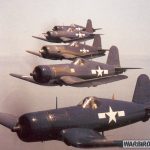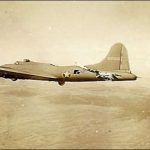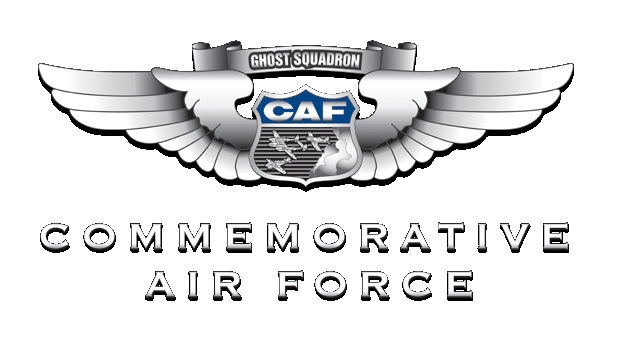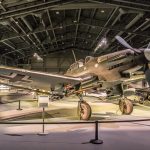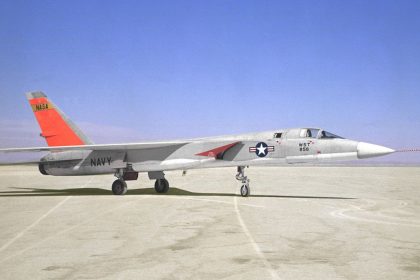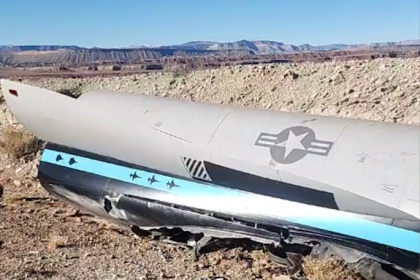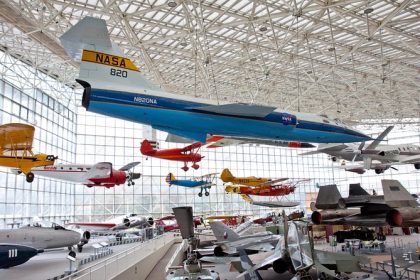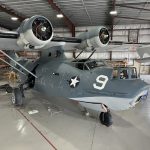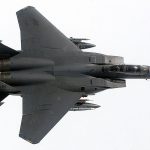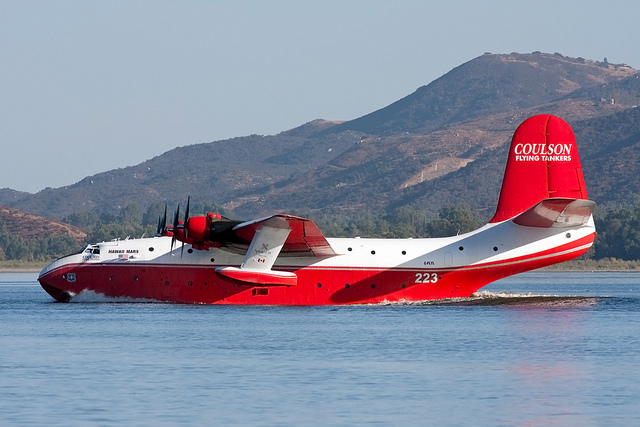On January 16, 2025, the former aircraft carrier John F. Kennedy (CV 67) set sail for the last time, departing from the U.S. Navy’s Inactive Ships Maintenance Facility in Philadelphia, Pennsylvania. Its final destination is Brownsville, Texas, where it will be dismantled. Once envisioned as a museum, the storied carrier ultimately never secured a permanent home and now faces the scrapyard.

A Legacy of Service
Commissioned on September 7, 1968, John F. Kennedy was the first U.S. Navy vessel named in honor of the 35th president. Over nearly four decades, the carrier conducted numerous deployments across the Mediterranean, Tyrrhenian, Ionian, Ligurian, Aegean, and Adriatic seas. It frequently operated under heightened geopolitical tensions, often shadowed by Soviet vessels during the Cold War. Following the terrorist attacks on September 11, 2001, John F. Kennedy and its battle group played a critical role in securing U.S. airspace along the mid-Atlantic seaboard as part of Operation Noble Eagle. In 2002, the ship deployed in support of Operations Anaconda and Enduring Freedom, later contributing to Operation Iraqi Freedom in 2004. After 39 years of distinguished service, the carrier was decommissioned in 2007.
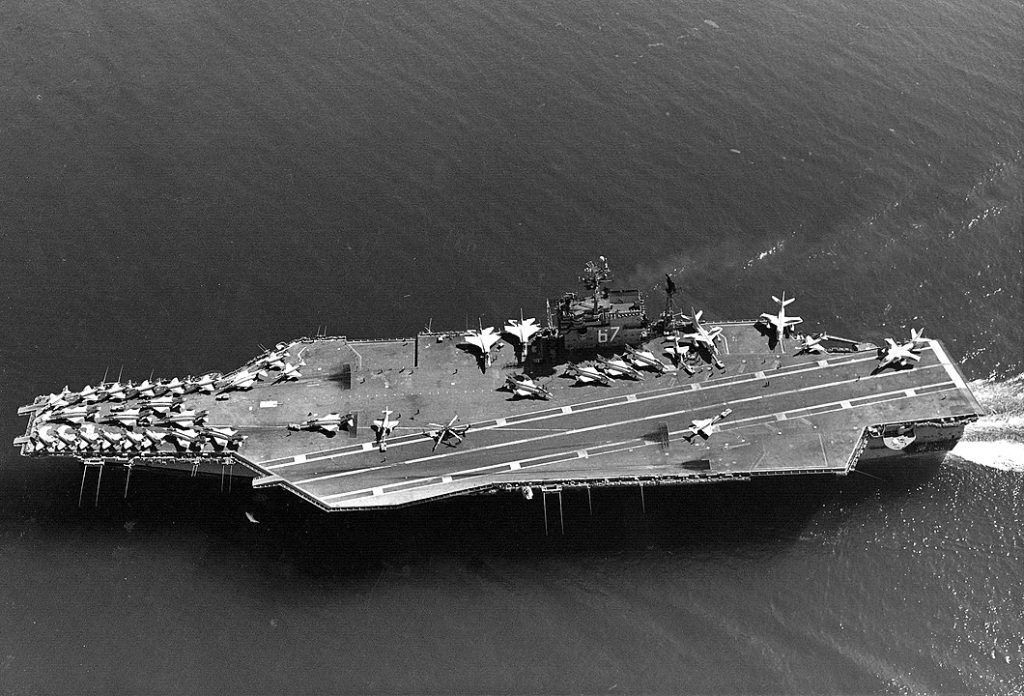
“John F. Kennedy will always stand as a symbol of freedom and resilience during challenging moments in our nation’s history,” said Rear Adm. Bill Greene, Director of Surface Ship Maintenance, Modernization, and Sustainment. “The dedicated sailors and personnel who operated and maintained this vessel should take great pride in their contributions to the fleet and our national defense. Fair winds and following seas.”
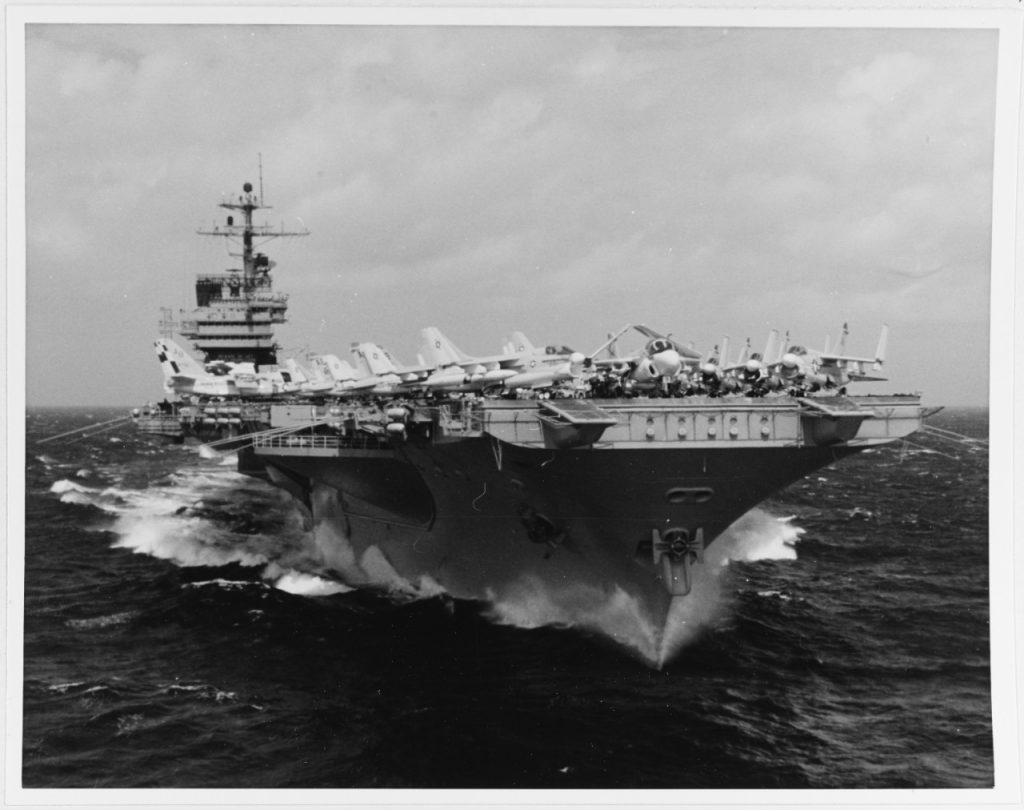
The Carrier That Could Have Been a Museum
During its service, John F. Kennedy operated a variety of aircraft, including the F-14 Tomcat, S-3 Viking, A-7 Corsair II, and F-4 Phantom II, supporting missions that ranged from fleet air defense to anti-submarine warfare. Recognizing the ship’s historical significance, the Navy placed John F. Kennedy on donation hold in November 2009, opening the possibility of converting it into a museum. Interest emerged from several locations, including Boston, Massachusetts, which was offered the ship at no cost if the city accepted it.
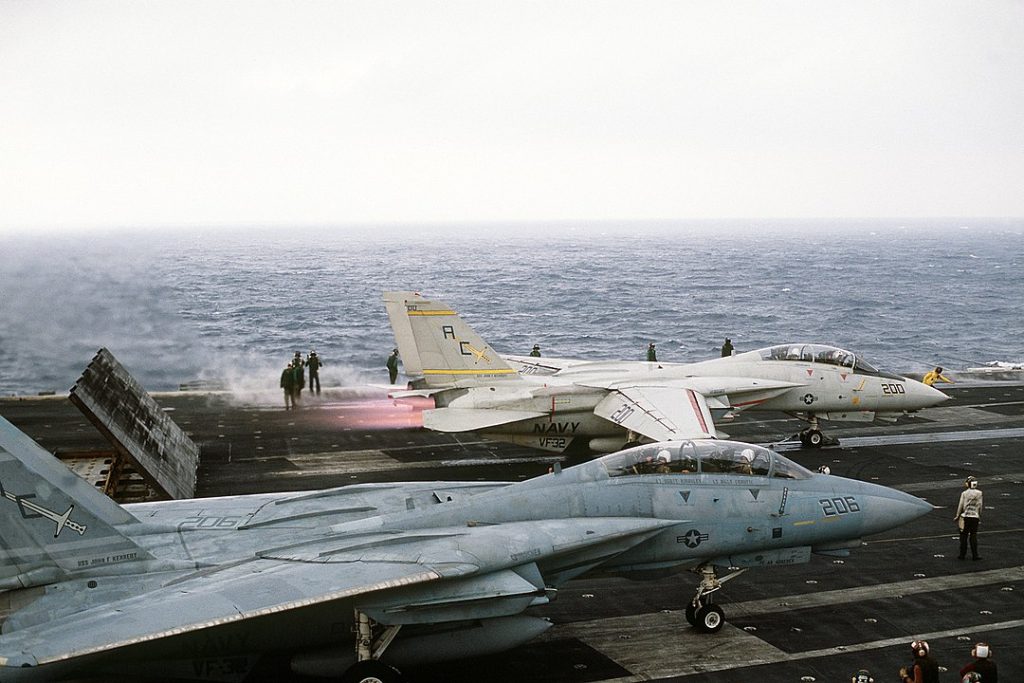
By August 2010, two organizations had advanced to Phase II of the Navy’s Ship Donation Program: Rhode Island Aviation Hall of Fame (Providence, Rhode Island) and USS John F. Kennedy Museum (Portland, Maine). Despite initial enthusiasm, Portland’s City Council voted unanimously in January 2011 to discontinue efforts to acquire the ship. By 2014, the Rhode Island Aviation Hall of Fame sought to secure Pier 2 at Naval Station Newport, particularly after the scrapping of the former USS Saratoga (CV-60), another retired carrier moored in Rhode Island.

The End of an Era
With the rise of nuclear-powered carriers, John F. Kennedy and Kitty Hawk were among the last conventionally powered U.S. carriers eligible for preservation. Unlike their nuclear counterparts, which require extensive dismantling to remove reactors, these ships had a greater chance of surviving as museum pieces. Unfortunately, John F. Kennedy did not escape the fate that befell many of its predecessors. Though its decks will soon be gone, the legacy of John F. Kennedy (CV 67) will live on in the memories of those who served aboard and the history it helped shape. For more about the ship’s historical contributions, please visit: USS John F. Kennedy (CVA-67/CV-67)




